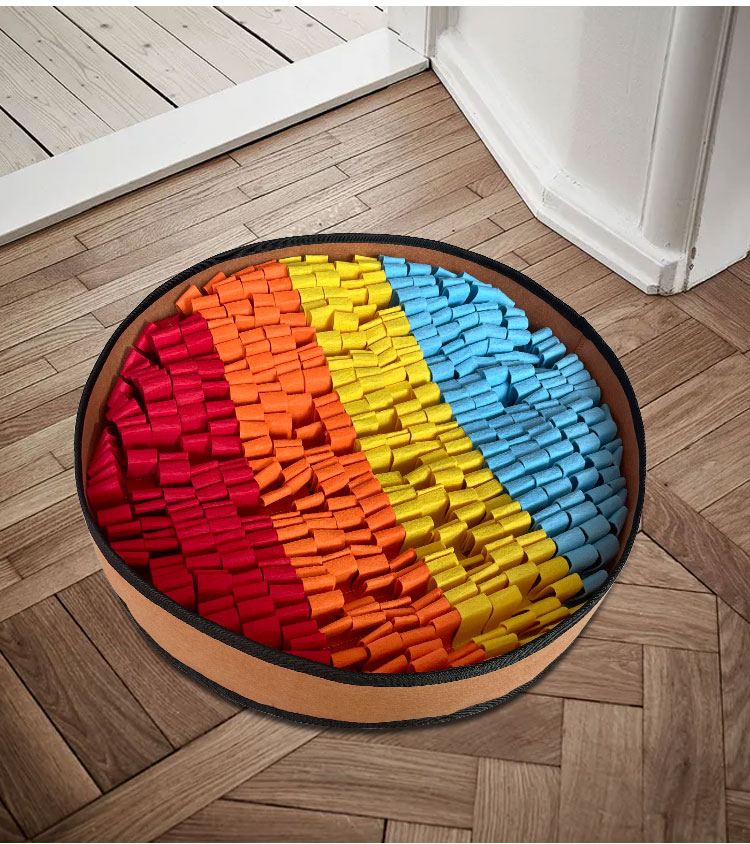The Versatile Benefits of Acoustic Felt in Modern Design
In recent years, acoustic felt has gained significant attention in the realm of interior design and architectural acoustics. This innovative material not only serves a functional purpose but also adds a touch of elegance to various environments. From offices to homes, acoustic felt is increasingly being recognized for its ability to enhance sound quality and aesthetics simultaneously.
Acoustic felt is made from recycled materials, primarily polyester fibers, which are processed to form a dense yet lightweight fabric. Its unique structure allows it to absorb sound waves, reducing overall noise levels in a space. This makes it an ideal choice for environments where sound control is paramount, such as open-plan offices, recording studios, and public spaces. The effectiveness of acoustic felt in sound absorption is supported by various studies, highlighting its capability to minimize echoes and reverberation, thereby creating a more pleasant auditory environment.
One of the most significant advantages of acoustic felt is its versatility. It can be manufactured in various colors, thicknesses, and textures, allowing designers to incorporate it seamlessly into diverse decor styles. Whether it’s used in wall panels, ceiling tiles, room dividers, or even furniture, acoustic felt can adapt to any design vision. This adaptability means it can easily complement both contemporary and traditional settings, enhancing the overall aesthetic appeal of a space while serving its acoustic function.
Moreover, acoustic felt is also environmentally friendly. With sustainability becoming an essential consideration in contemporary design, the use of recycled materials in producing acoustic felt is a client-friendly attribute. Many manufacturers prioritize sustainable practices, ensuring that their products contribute positively to the environment. By choosing acoustic felt, designers and homeowners can ensure they are making eco-friendly choices that align with their values.
acoustic felt

In addition to its aesthetic and environmental benefits, acoustic felt can contribute to improved productivity in workplace settings. Research indicates that noise pollution can significantly affect concentration levels and overall productivity. By using acoustic felt to create quieter environments, companies can enhance focus and employee well-being. Workspaces that incorporate sound-absorbing materials often report lower stress levels among employees and higher levels of satisfaction.
The use of acoustic felt is not limited to commercial environments; it is increasingly being embraced in residential design as well. Homeowners are beginning to recognize the benefits of sound management in their living spaces. Open floor plans, which have become a popular trend in modern homes, can often suffer from poor acoustics. By integrating acoustic felt into areas like living rooms, home theaters, or game rooms, residents can create a more comfortable and enjoyable atmosphere.
Acoustic felt products are also relatively easy to install, making them an accessible option for both professional contractors and DIY enthusiasts. With simple tools and straightforward instructions, individuals can enhance the acoustic properties of their space without extensive renovations.
In conclusion, acoustic felt is emerging as a favorite among designers, architects, and homeowners alike due to its aesthetic versatility, sound-absorbing properties, and environmental benefits. As we continue to seek solutions for creating comfortable and sustainable living and working environments, acoustic felt will undoubtedly play a pivotal role in shaping modern design. Its ability to merge functionality with beauty makes it a valuable asset in any space, making it not only a trend but a lasting innovation in the world of interior design and acoustics.
